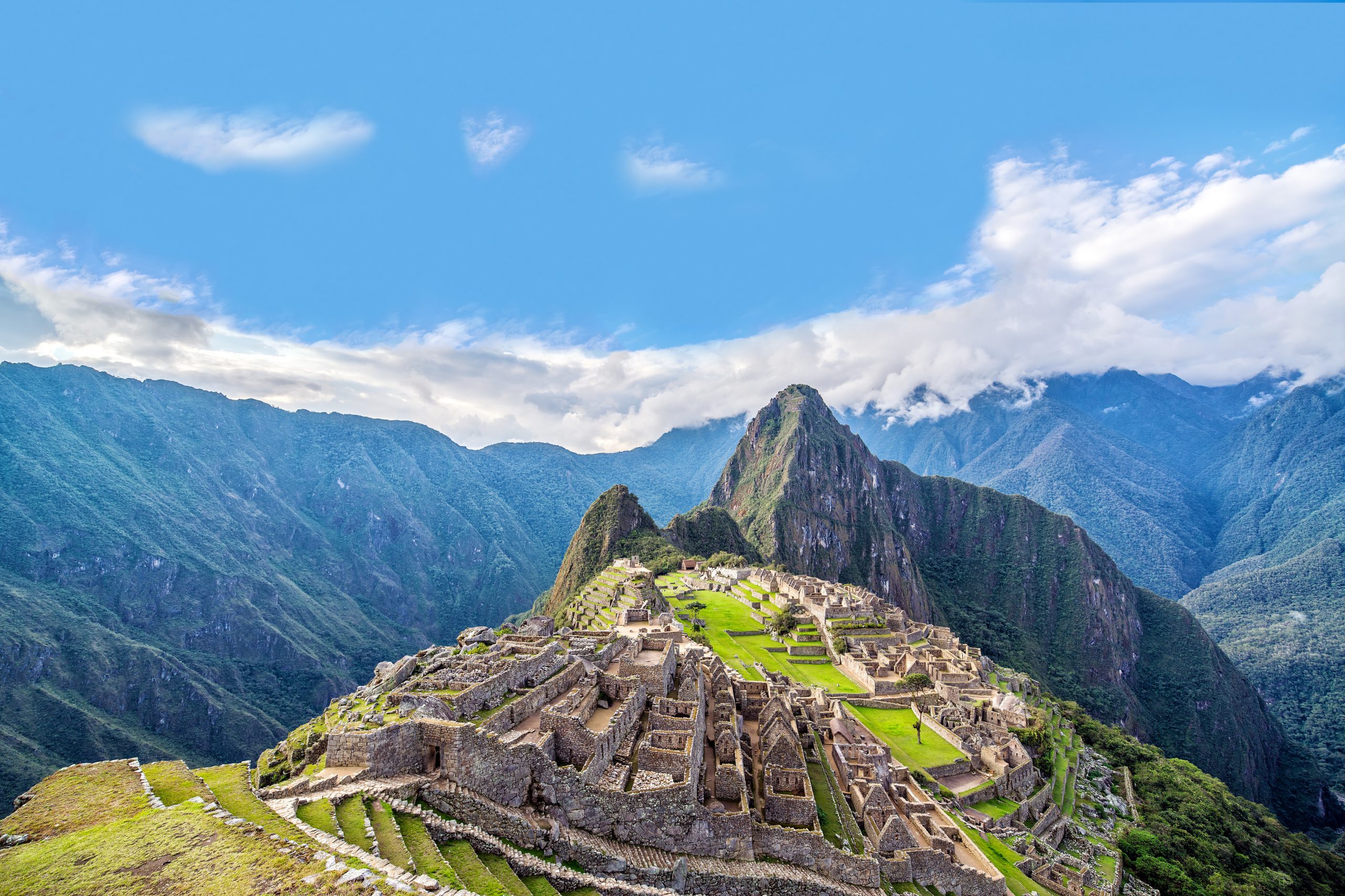
With a career that has prospered for over half a century—including his most recent, incisive work “Killers of the Flower Moon”—we can not only trace how Scorsese has developed as an auteur but one with a profound musical affinity. “I know that without music, I would be lost. Very often it is uniquely on hearing a piece of music that is right for one of my films that I begin to visualize it,” he said in an interview in the book Popular Music and the New Auteur: Visionary Filmmakers after MTV. Scorsese’s robust body of work invites us to examine how his use of popular music has shifted and blossomed across the decades, becoming one of his most indelible directorial hallmarks. This perfect harmony of music and image creates visceral moments that arrest the audience with cinematic sophistication and contours narratives with a greater emotional depth and cultural resonance.
One of his most notable uses of soundtrack is the syrupy girl group song “Then He Kissed Me” by The Crystals over the two-minute, fifty-nine second Steadicam shot of Henry Hill and his date Karen entering the Copacabana in “Goodfellas.” Scorsese matches the tentative opening guitar chords to the image of Henry tipping his valet, an authoritative action that sets in motion his regal entry into the nightclub. The camera travels behind Henry and Karen as they journey from the secret entrance through the hectic kitchen to the front of the stage, with the gregarious Henry stopping to greet everyone along the way.
Rather than overwhelm the soundscape with Phil Spector’s robust Wall of Sound, Scorsese blends Hal Blaine’s galloping drums, the wistful strings, and spirited castanets with the bustling sounds of the crowd, creating a ruckus of unbridled excitement and curiosity. The girlish lyrics about everlasting love and first kisses evoke Karen’s wide-eyed view of her date. Together, The Crystals’ dulcet harmonies and the graceful long take sweep the audience away on this enchanted evening; much like Karen, we are enamored with all the perks of the mafia lifestyle.
“Mean Streets” marks Scorsese’s first use of The Rolling Stones who would go on to appear in many other of his films such as “Goodfellas,” “Casino,” “The Departed,” as well as his concert documentary “Shine a Light.” Their razor-sharp sounds of “Jumpin’ Jack Flash” accompany the temptations that the two-bit gangster Charlie faces at the bar he frequents, accentuated by the devilish red lighting. “Jumpin’ Jack Flash” bursts on to the screen like a firecracker, illuminating the enigmatic Johnny Boy’s entrance. Scorsese uses subjective framing to convey Charlie’s perception of this alluring character. Johnny Boy walks in slow-motion with two girls on his arm wearing a Cheshire cat grin, the rugged guitar opening guitar riffs and Jagger’s feral wails invigorating his every step.
“I was born in a crossfire hurricane and I howled at my Ma in the driving rain, but it’s alright now, in fact it’s a gas! I’m Jumpin’ Jack Flash,” Jagger growls, lyrics that encapsulate Johnny Boy’s penchant for causing chaos and destruction wherever he goes. The down-and-dirty rocker articulates Charlie’s magnetic attraction to Johnny Boy which makes him believe he can rescue him from his downward spiral as a way to do his penance.
Scorsese also uses music to construct softer moments, such as his repeated use of “(I Remember) In the Still of the Night” by The Five Satins in “The Irishman.” The romantic doo-wop plays during the wedding of Bill Bufalino’s daughter and the end credits, but its placement in the opening scene is particularly pensive. Once again, Scorsese uses popular music to propel a Steadicam shot, but unlike the glamour and excitement that “Goodfellas” portrays, “The Irishman” cracks open the sorrow and isolation that the mafia way of life brings.
As the camera moves slowly and purposefully through the stark shadows of a crowded retirement home before landing on an elderly Frank Sheerhan slumped in his wheelchair, the soulful ballad takes on a far more somber tone. The Five Satins’ velvety harmonies about teenage love and an overwhelming need to “Hold me again, with all of your might” sound desperate and forlorn, lyrics that are especially poignant for Frank Sheerhan who has had everything he knows and love slip away with time. The swaying rhythm tapers when Frank begins to narrate the events that have led him to this point of loneliness. This gentle serenade has a nostalgic yearning that perfectly accompanies Scorsese’s solemn reflection on aging as a gangster.
Expanding beyond the beloved pop/rock songs of his youth, Scorsese inserts “Intermezzo” from the opera “Cavalleria rusticana” by Pietro Mascagni into the pictorial prelude of “Raging Bull.” Through this soaring composition, Scorsese artfully juxtaposes Jake LaMotta’s past and present, making his fall from grace even more hard-hitting. In slow-motion, Jake LaMotta’s ghostly figure shadow boxes, his feet bobbing between the swirling fog that obscures the crowd. There is no visible opponent, suggesting that he is his own true adversary. Mascagni’s swelling violins have a mournful yet awe-inspiring timbre that frames the hulking pugalist as a heroic, larger-than-life, but ultimately tragic figure with a balletic talent—making the subsequent scene where he has devolved into a lumpy, angry comedian mocking the vestiges of his legacy especially bleak.
Scorsese’s utilization of contemporary music has been just as impactful. The raging and raucous Celtic rocker “I’m Shipping Up to Boston” by The Dropkick Murphys blitzes the title card on screen after the twenty-minute introductory scenes of “The Departed”. Delaying the appearance of the title card is a visual technique that inherently grabs viewers’ attention, and this effect is amplified with the inclusion of such a high-octane punk anthem. Scorsese contrasts its clanging furor with a smooth dolly shot across the cold prison as Billy Costigan begins his undercover journey to take down the sinister Frank Costello.
The song is scrappy and tough with its cacophony of crunching guitars, pounding drums, sea-shanty-style accordion riff, and lead vocalist Ken Casey’s screams. “I’m Shipping Up to Boston” smacks the viewer with excitement, setting the stage for what is one of Scorsese’s most adrenaline-fueled films. Its boisterous clamor evokes the chaos of the corrupt underworld that Costgian must navigate. As an Irish jig with working-class roots, “I’m Shipping Up to Boston” honors the locale of “The Departed” which is a colorful character in and of itself, a tight-knit community full of nasty criminals and crooked cops, where loyalties run deep but rats lurk everywhere. The Dropkick Murphys kick off Scorsese’s film with a bang, unleashing a brash energy that never lets up.
When Jordan Belfort receives his comeuppance in “The Wolf of Wall Street,” Scorsese does not choose Simon & Garfunkel’s simple, acoustic “Mrs. Robinson” but an alternative rock cover by The Lemonheads. While the original version reflects on the loss of innocence during the 1960s counter-cultural movement, this edgier interpretation marks another generational shift into the 1980s—an era drowning in excess, greed, and debauchery. The grungy musical arrangement and Evan Dando’s laid-back and raspy vocals gives the track a rebellious cadence that accentuates the unhinged ruthlessness of this ostentatious decade.
In this take on “Mrs. Robinson,” everything from the layers of jangling guitar to the opening “dee doos” is much more fast-paced, lending the cover a more upbeat joviality. This adds humor and a giddy excitement to the FBI raid in Belfort’s bustling office, where several of his workers get arrested. By choosing to have the song continue softly beneath scenes of Jordan adjusting to his jail sentence, where he plays tennis and experiences relative comfort, and Agent Denham’s mundane subway ride, Scorsese seems to mock the absurdity of this divisive world created by the wolves of Wall Street where we tear one another apart while the rich bathe in gold.
Whether employing iconic pop/rock songs or classical compositions, Scorsese consistently demonstrates a keen eye and ear for how music can shape the moving image in evocative ways. Each meticulously selected track influences the pacing, mood, or character dynamics of a scene. Throughout his illustrious career, Scorsese establishes himself as a maestro of sight and sound, crafting musical sequences that are unforgettable parts of his films.




